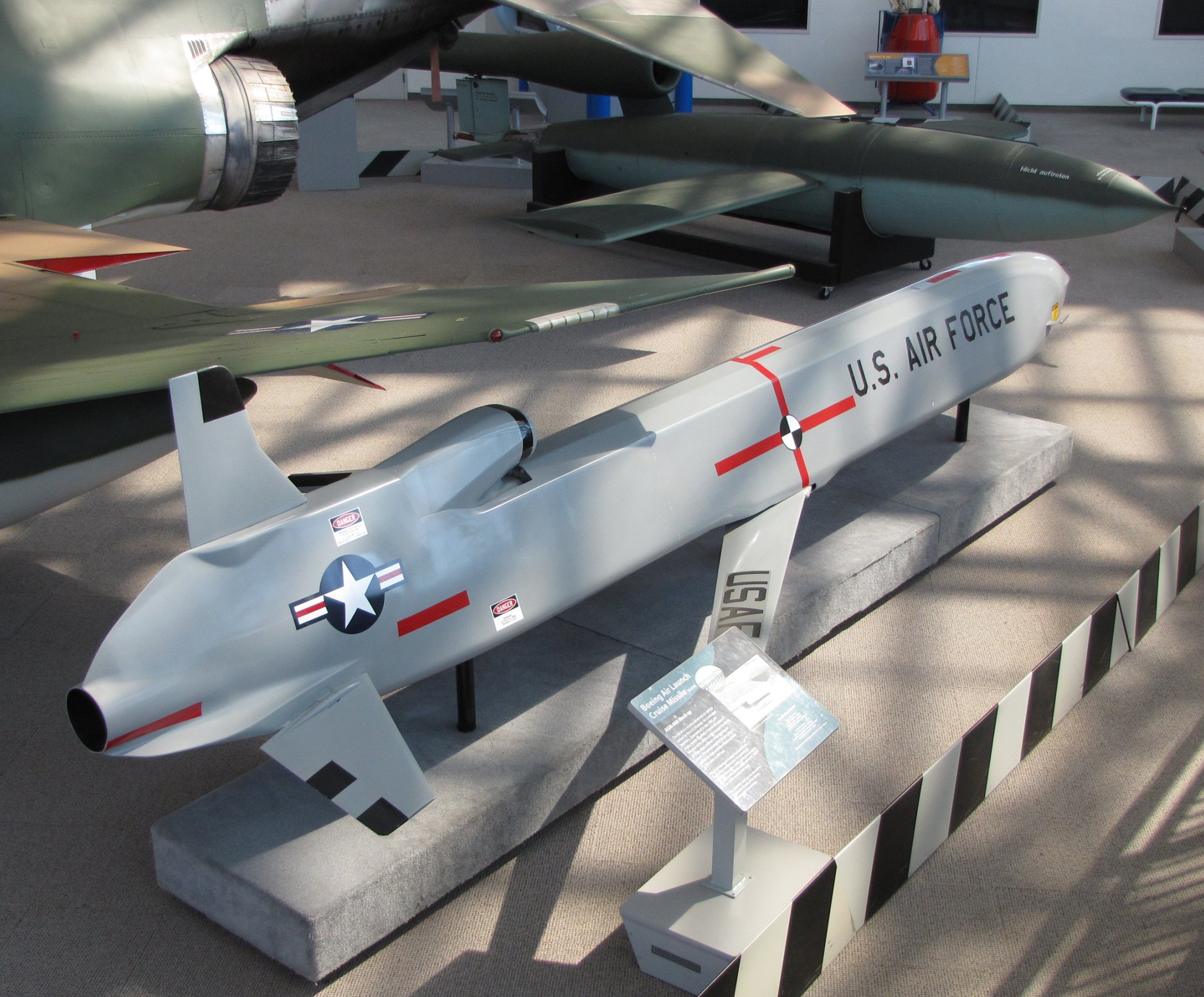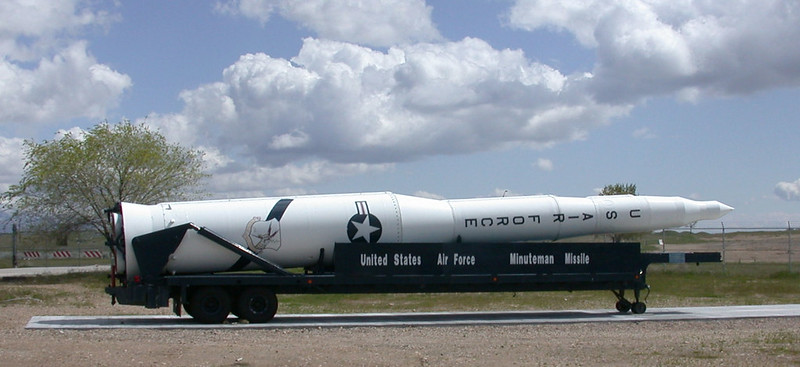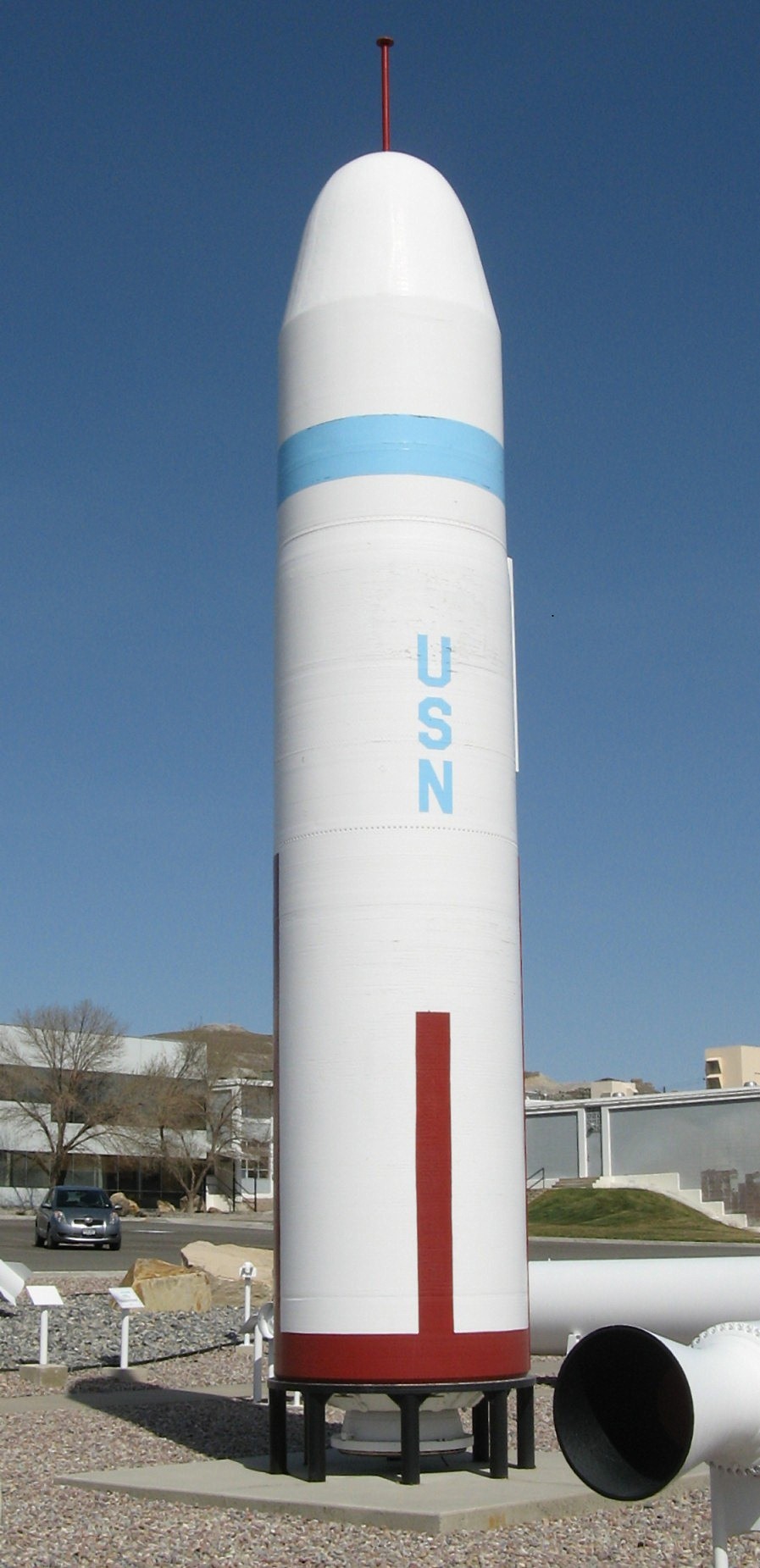
A few articles I bookmarked a while back describe a shift in nuclear strategy by the U.S.
Some discussion if you are interested:
Free Beacon – 2/7/18 – Mattis Defends Plan to Deploy Small-Nuclear Arms
The Defense Secretary said the US will develop and deploy two small yield nuclear weapons. One will be based on submarine launched cruise missiles. Indicates some SLBMs will be modified with low yield warheads.
Reason for the development of small yield nukes is China and Russia have developed such weapons as a tool to intimidate the US in a conventional conflict. The actual deployment or threat to use small nukes would intimidate the US since the only response would be an escalation to strategic weapons.
Let’s see if I can summarize this concept – China or Russia could invade an area, gaining immediate temporary advantage. It would take time for the U.S. and allies to gather forces to respond. China or Russia could threaten use of small yield nukes, or perhaps use one or a few. Either the credible threat or actual use would give the U.S. and allies two choices. Either yield to the invasion or escalate to strategic weapons.
This is called the ‘escalate to de-escalate’ strategy.
Having a small yield weapon of our own would give the U.S. the ability to respond in kind, which would mean the threat is negated.
This article indicates the Nuclear Posture Review contains a change from the previous administration. Not sure how to reconcile that with the following article. (I think I can reconcile, but won’t take the time.)
Overhaul of US strategic weapons over the next 30 years will involve replacing 400 Minuteman III missiles (no hint in article of the replacement), the new B-21 to replace the B-52’s, and a new Columbia-class of boomers to replace the Ohio-class.

Wall Street Journal – 2/4/18 – U.S. Outlines Plan on Nuclear-Weapons Use.
Article says the newest Nuclear Posture Review indicates the U.S. might use nuclear weapons in response to “significant non-nuclear strategic attacks” against the US or allies. As I read the article my little pea-brain says this expands the threat of a nuclear response to cyber attacks or conventional attacks on critical infrastructure. My understanding of past policy was a nuclear response was possible response to a chemical, biological, or radiological attack.
Document was published in 2018. Article points out this is not a change from the previous administration’s Nuclear Posture Review in 2010.
Following article provides a conceptual explanation of the changes described in the above articles.
Foreign Affairs – November/December 2018 – If You Want Peace, Prepare for Nuclear War – A Strategy for the New Great-Power Rivalry
Article goes into far more detail than I could possibly summarize. If you have read to this point in this post, you will want to read the article for yourself.
The exquisitely short version is the U.S. has reduced its tactical nuke inventory to the point where it is not credible and our policy is to avoid discussing small nukes. In contrast both China and Russia have greatly expanded their tactical nuclear inventory. Possible use would be a conventional attack followed by threats of tactical nukes. With current American weapons and doctrine, article says the fight would be lost because the only American approach would be Armageddon.
Article suggests the alternative would be to develop a small nuke inventory and change strategy so that extremely low yield weapons are on the table. This would counter the threatened use by China or Russia..
Like I said a poor summary, but at least it points in the direction the article is going.
